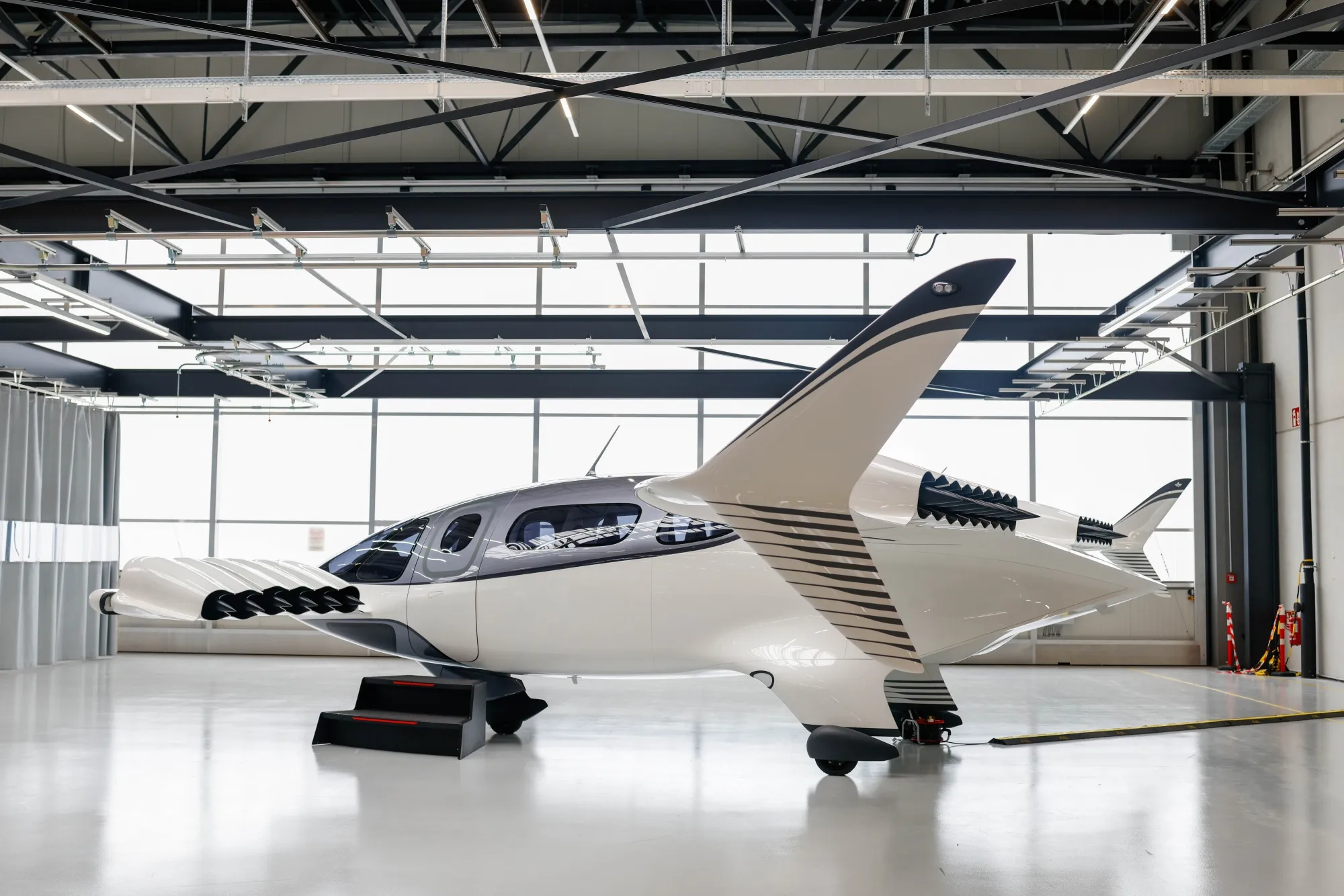The climate crisis is driving the aviation sector to develop aircraft powered by clean energy. Both Airbus and new emerging industries are working on planes powered by hydrogen or electricity to mitigate the environmental damage caused by fossil fuels.
Green Aircraft in Development
Sector pioneers ensure that in a couple of decades, aircraft will be completely green, and urban displacements with green technology will be ready in five to ten years. More than 300 teams worldwide are working to achieve aviation without CO2 emissions.
Environmental Impact and the Need for Change
The growing demand for flights, especially in Asia, is prioritizing economic growth over climate concerns. Experts warn that if we continue to use fossil fuels, airplanes could account for 22% of all CO2 emissions in 30 years.
Innovations in Clean Aviation
Ivo Boscarol, a pioneer in clean aviation, has developed the Velis, the first electric aircraft powered by batteries and authorized worldwide since 2020. Klaus Roewe, CEO of Lilium, is redefining regional flights with the Lilium Jet, an electric aircraft that can fly up to 200 km and take off vertically.

Liquid Hydrogen: A Promising Future
Josef Kallo, director of H2FLY, has made the HY4, an aircraft powered by liquid hydrogen, fly for three hours without noise or vibrations. Airbus is also investing in electric hydrogen propulsion, with plans to make a demonstration flight in 2026 and transport 200 passengers on medium-haul flights by 2035.
The future of clean aviation has already begun, with significant and promising advances that will transform air transport into a more sustainable and environmentally friendly activity.
Have you visited our YouTube channel yet? Subscribe now!

